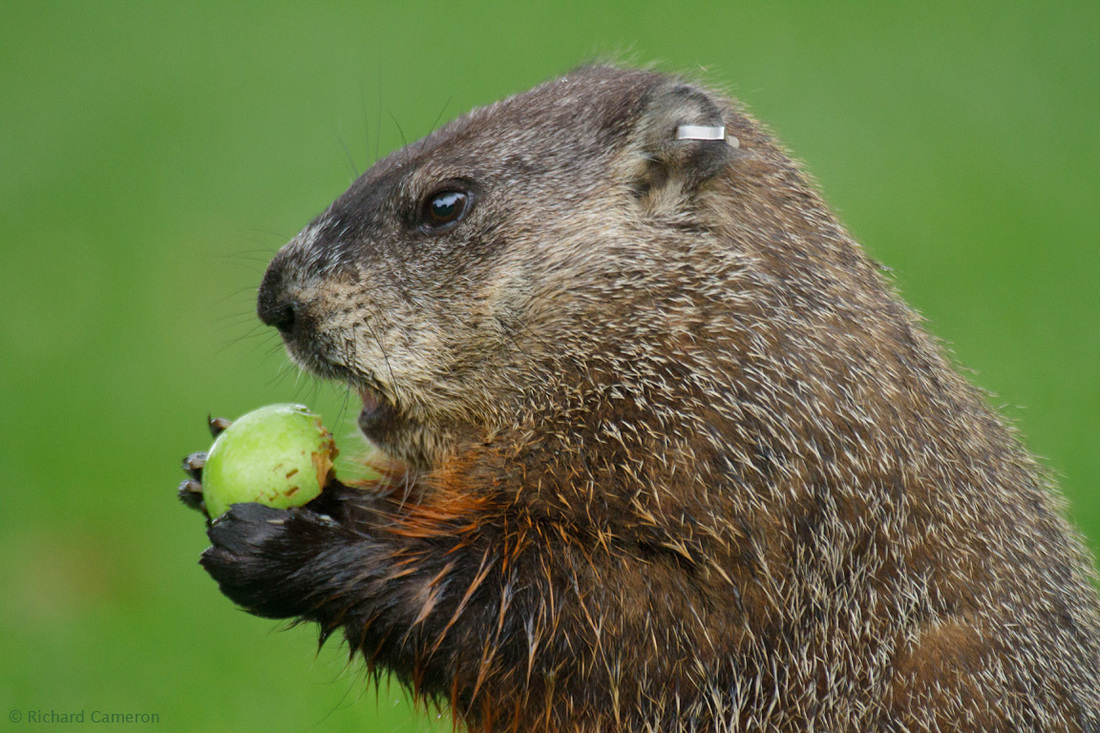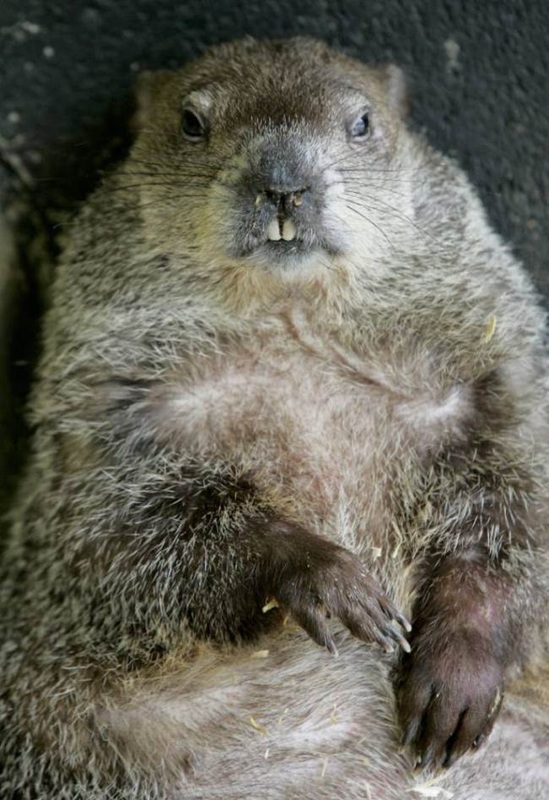American Groundhog Day - 02 February each year
Groundhog day first started on 02 February 1886 in Punxsutawney, Pennsylvania. It is a popular tradition in the United States.
It is the day that the Groundhog comes out of his hole after a long winter sleep to look for his shadow.
The Groundhog is believed to be able to predict the weather … the onset of Spring … by whether or not it sees its shadow when it emerges from its burrow.
No shadow means an early Spring - if the day is cloudy and shadowless, the Groundhog takes it as a sign of Spring and stays above ground..
It is the day that the Groundhog comes out of his hole after a long winter sleep to look for his shadow.
The Groundhog is believed to be able to predict the weather … the onset of Spring … by whether or not it sees its shadow when it emerges from its burrow.
No shadow means an early Spring - if the day is cloudy and shadowless, the Groundhog takes it as a sign of Spring and stays above ground..
- A shadow means Winter will continue for another six weeks. The shadow means that the Groundhog will return to its burrow.
-
A Groundhog is also known as a Woodchuck, a whistle-pig or land-beaver. It is a mammal and a rodent and is from the ground squirrel group known as marmots.
- Can live up to 6 years, but averages 2 - 3 years.
- Predators include cougars, coyotes, fixes, bears, eagles, wolves and snakes.
- Are Herbivorous and at wild grasses and other vegetation, berries, grubs, grasshoppers, insects and snails.
- Unlike squirrels, Groundhogs do not bury nuts.
- Hibernate and often build a special 'winter burrow' for this purpose.
- Swim well and excellent tree climbers.
- Squeal and bark.
- When frightened, the hairs on the tail stand straight up, mimicking a bush.
- Has between 2 - 6 hairless young.
The Collective Nouns for Groundhogs is: A repetition of Groundhogs.





